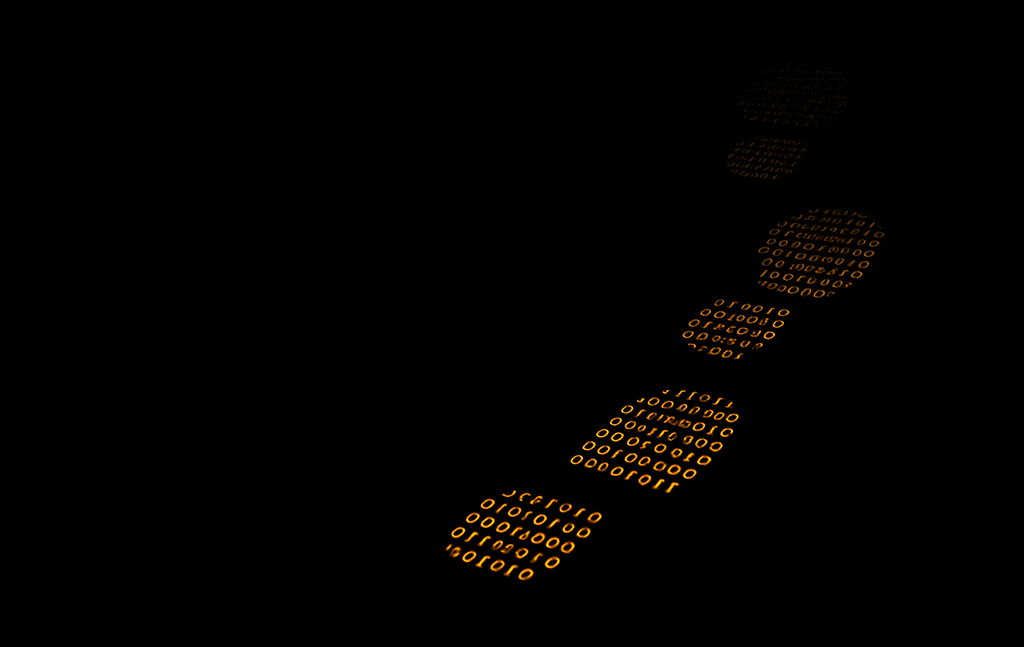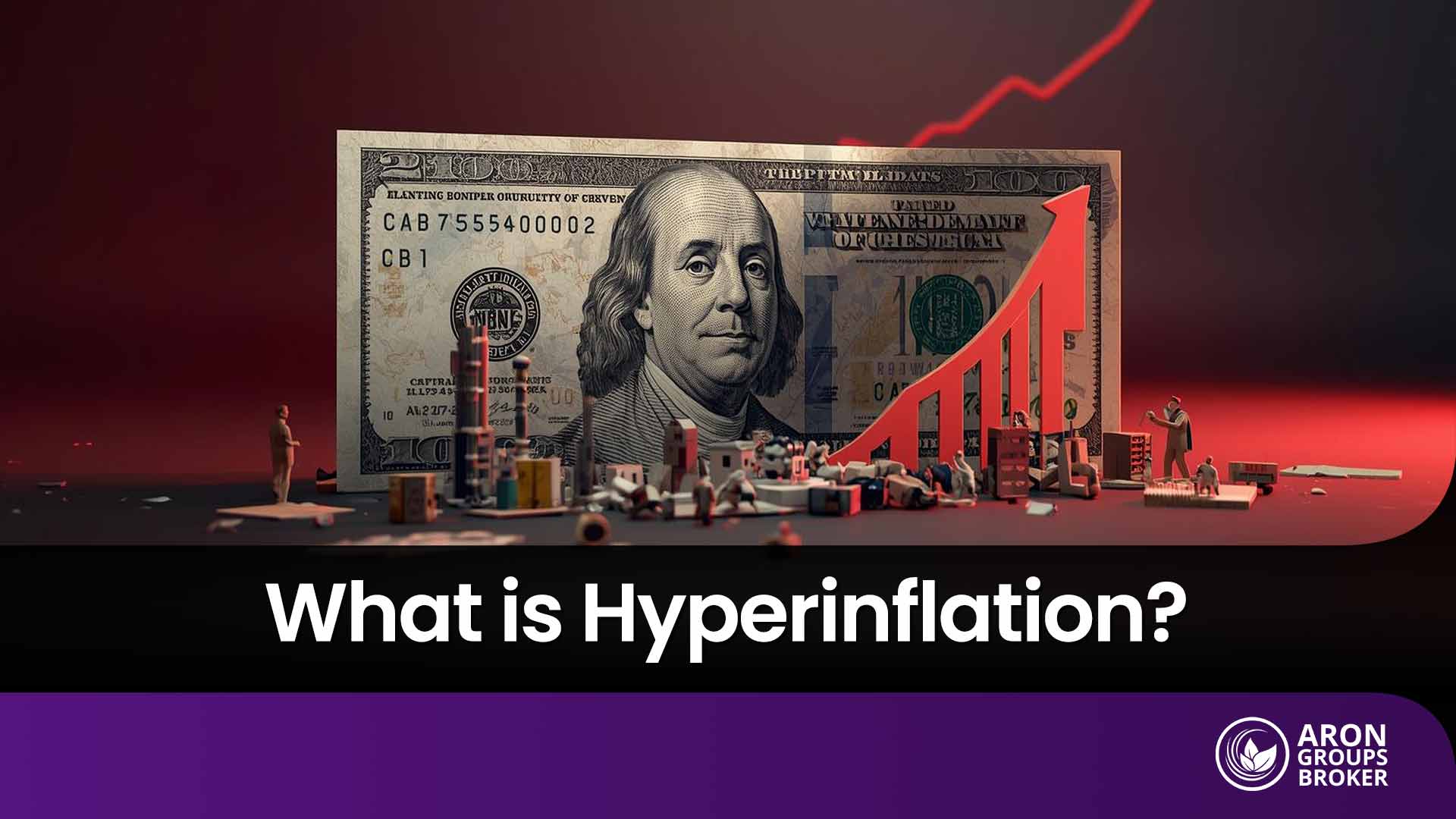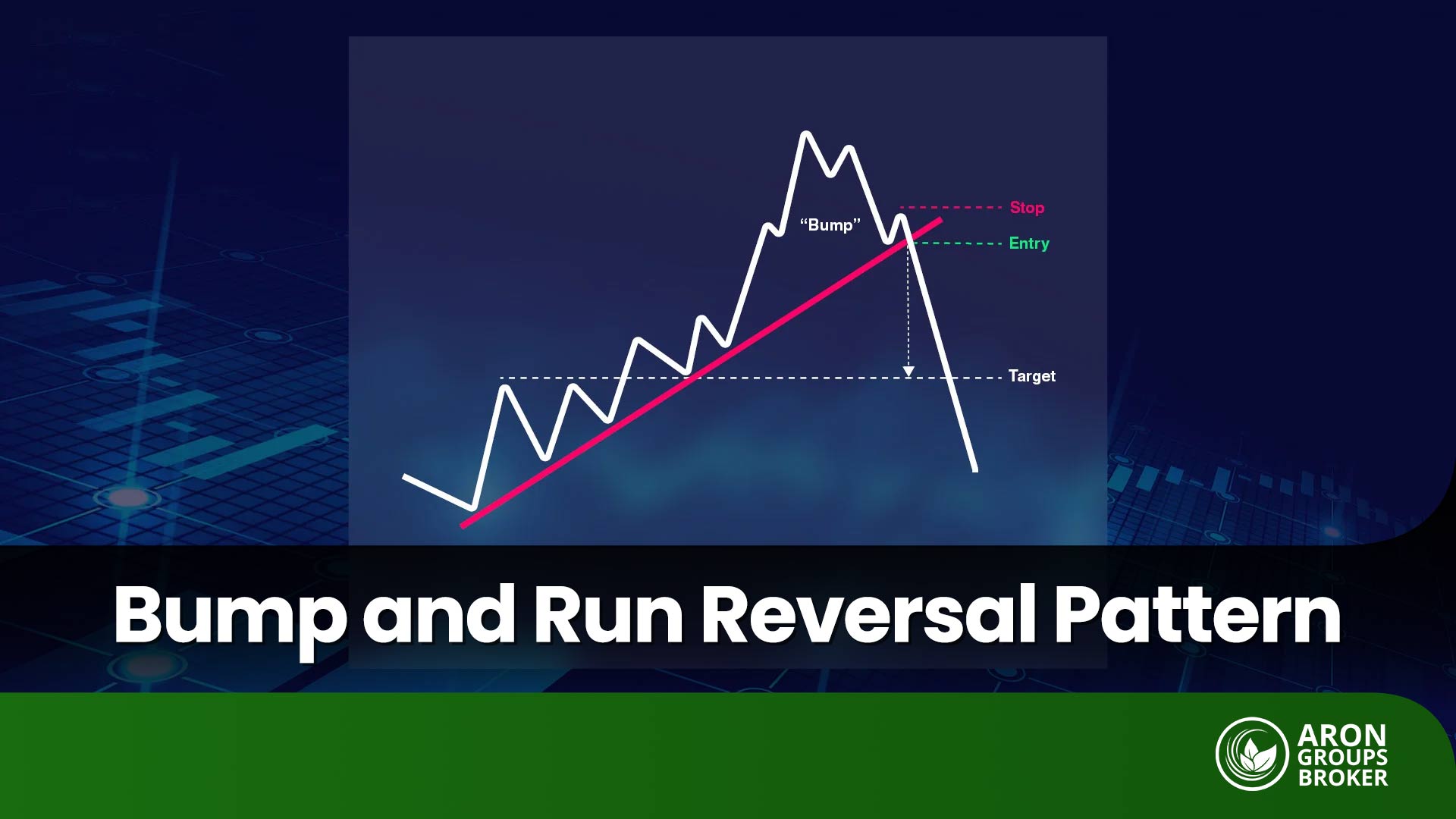In the Name of God
White Papers in the Cryptocurrency World
In the realm of cryptocurrency, a white paper serves as a foundational document, akin to a blueprint, outlining the concept, technology, and purpose of a project or digital asset. These documents play a crucial role in educating potential investors, developers, and stakeholders about the intricacies and innovations behind a particular cryptocurrency or blockchain project.
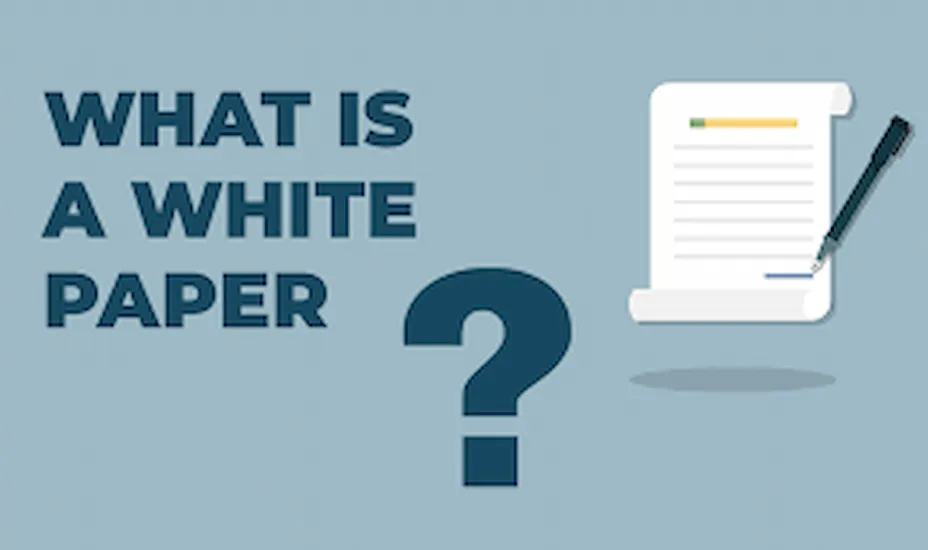
_ What is a White Paper?
A white paper is a comprehensive report that delves into the technical and conceptual aspects of a cryptocurrency project. It typically elucidates the problem the project aims to solve, the proposed solution, the underlying technology, tokenomics (if applicable), roadmap, and team behind the project.
_ Types of White Papers in the Cryptocurrency World :
White papers in the cryptocurrency world come in various forms, each serving specific purposes and audiences. Understanding the different types of white papers can help projects tailor their content to effectively communicate their goals and innovations.
- Technical White Paper :
Technical white papers delve deep into the underlying technology and architecture of a cryptocurrency project. They explain complex concepts such as consensus mechanisms, cryptographic algorithms, smart contracts, and scalability solutions. Technical white papers are targeted at developers, engineers, and blockchain enthusiasts who seek a thorough understanding of the project’s technical intricacies.
- Business White Paper :
Business white papers focus on the project’s market potential, value proposition, revenue model, and competitive analysis. They highlight the market demand for the proposed solution, target audience, go-to-market strategy, and potential partnerships or collaborations. Business white papers are aimed at investors, entrepreneurs, and business professionals interested in the commercial viability and scalability of the project.
- Educational White Paper :
Educational white papers serve as introductory guides to blockchain technology and cryptocurrency concepts. They explain basic terms, functionalities, and use cases of cryptocurrencies, decentralized finance (DeFi), non-fungible tokens (NFTs), and other blockchain applications. Educational white papers target newcomers to the cryptocurrency space, providing them with foundational knowledge to navigate the ecosystem effectively.
- Regulatory White Paper :
Regulatory white papers address legal and compliance considerations relevant to the project. They analyze regulatory frameworks, jurisdictional issues, compliance requirements, and risk factors associated with operating in the cryptocurrency space. Regulatory white papers are essential for projects seeking to ensure legal compliance and navigate regulatory challenges effectively.
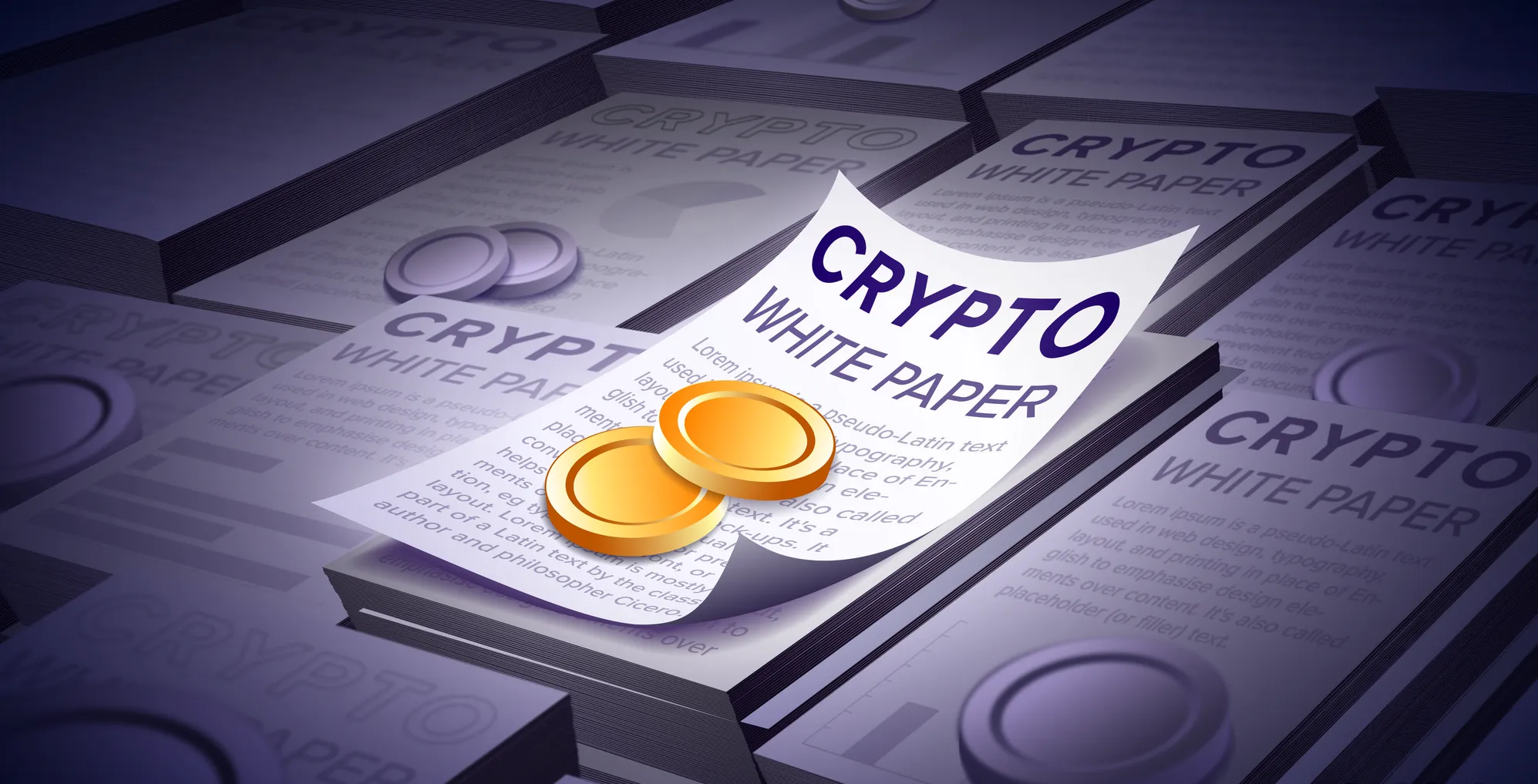
_ Key Components of a Cryptocurrency White Paper :
- Introduction :
This section provides an overview of the project, its objectives, and the issues it aims to address.
- Problem Statement :
Here, the white paper identifies the existing challenges or inefficiencies within a specific industry or domain that the project seeks to resolve.
- Solution :
The white paper articulates the proposed solution or technology that will mitigate the identified problems. It outlines how the project’s innovation will revolutionize or improve the current state of affairs.
- Technology :
This section elucidates the underlying technology stack, consensus mechanism, cryptography, and any unique features or innovations employed by the project.
- Tokenomics :
If the project includes a native cryptocurrency or token, the white paper details its distribution, utility, governance model, and any incentives for token holders or participants.
- Roadmap :
The roadmap outlines the project’s development milestones, including past achievements, current status, and future goals.
- Team :
It provides information about the core team members, their expertise, experience, and contributions to the project.
- Legal and Regulatory Compliance :
Depending on the jurisdiction and nature of the project, the white paper may address legal and regulatory considerations, including compliance measures and risk factors.

_ Purpose of a White Paper :
- Education and Transparency :
White papers serve as educational resources, helping investors and enthusiasts understand the project’s fundamentals, technology, and potential impact.
- Investor Confidence :
A well-written white paper instills confidence in potential investors by demonstrating the project’s viability, innovation, and the competence of its team.
- Community Building :
White papers foster community engagement and support by providing a clear vision and roadmap for the project, attracting early adopters and contributors.
- Establishing Credibility :
Projects that publish detailed, transparent white papers signal credibility and professionalism, distinguishing themselves from potential scams or poorly conceived ventures.

In the dynamic landscape of cryptocurrency and blockchain technology, white papers play a pivotal role in shaping the narrative, fostering innovation, and attracting investment. By providing a comprehensive overview of the project’s objectives, technology, and team, white papers serve as invaluable resources for stakeholders seeking to understand, evaluate, and participate in the burgeoning world of decentralized finance and digital assets.





















